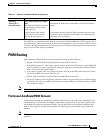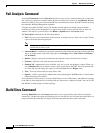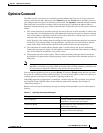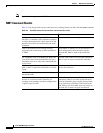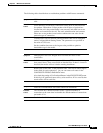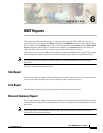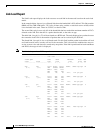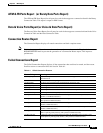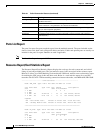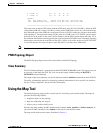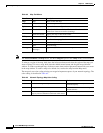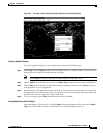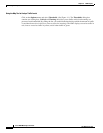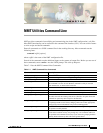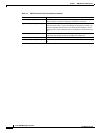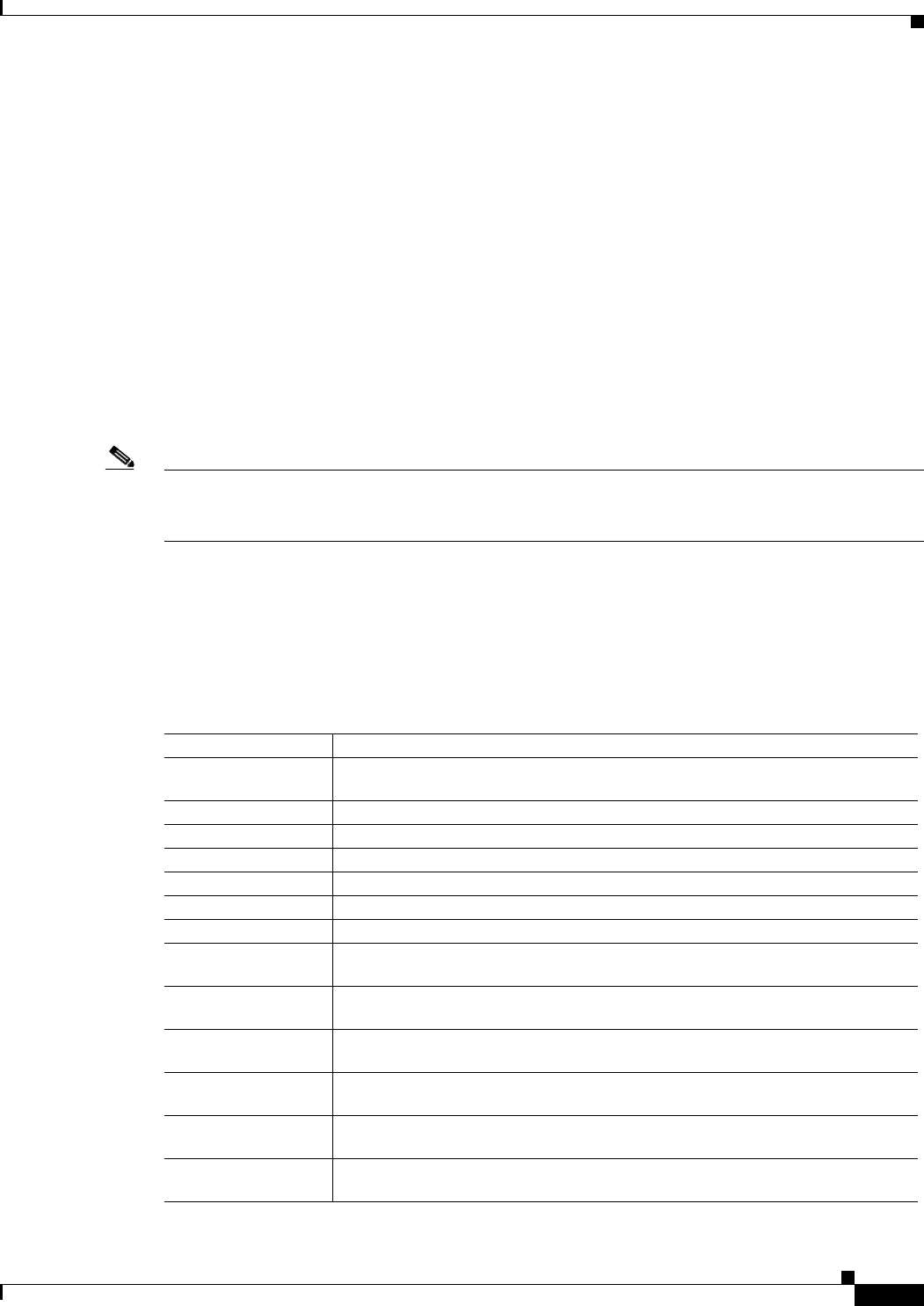
6-3
Cisco WAN Modeling Tools Guide
OL-10426-01, Rev. A0
Chapter 6 NMT Reports
ATM & FR Ports Report (or Bursty Data Ports Report)
The ATM and FR Ports Report lists all ports for each site that supports a connection found in the Bursty
Connection Table. This report is output in DBF format.
Data & Voice Ports Report (or Voice & Data Ports Report)
The Data and Voice Ports Report lists all ports for each site that supports a connection found in the Voice
Connection Table and the Data Connection Table.
Connection Routes Report
The Connection Report displays all routed connections and their complete routes.
Note This is a long report. If you do not need to see the routed connections, use the X option in the
REPORT/DEFINE menu to prevent the generation of a Connection Routes report. This improves
performance.
Failed Connections Report
The Failed Connections Report displays all the connections that could not be routed, and the reason.
Possible reasons a connection failed are listed in Table 6-1.
Table 6-1 Failed Connection Reasons
Reason String Meaning
Too Many Hops Hop Count required to route the connection was too large. For AutoRoute, hop count
maximum is 10.
No Path No connectivity in the topology to route this connection.
No Direct Path No direct route specified in the preferred/actual connection route.
Out of Capacity Not enough bandwidth capacity on the lines.
Out of Space Not enough index resources, usually VC count on a link is exceeded.
Out of Bus Not enough bandwidth on a bus of one or more switches required to route the connection.
No Fdr Link Cap Not enough bandwidth capacity on a feeder link.
Too Big Cost Connection cannot be routed without exceeding the maximum cost specified. (This
pertains to AutoRoute networks.)
Too Big AW Connection cannot be routed without exceeding the maximum Administrative Weight
(This pertains to PNNI networks.)
Too Big CTD Connection cannot be routed without exceeding the maximum Cell Transfer Delay (This
pertains to PNNI networks.)
Too Big CDV Connection cannot be routed without exceeding the maximum Cell Delay Variance (This
pertains to PNNI networks.)
Too Big CLR 0 Connection cannot be routed without exceeding the maximum Cell Loss Ratio of the first
phase of policing (leaky bucket). (This pertains to PNNI networks.)
Too Big CLR 0+1 Connection cannot be routed without exceeding the maximum Cell Loss Ratio of the
second phase of policing (leaky bucket). (This pertains to PNNI networks.)



